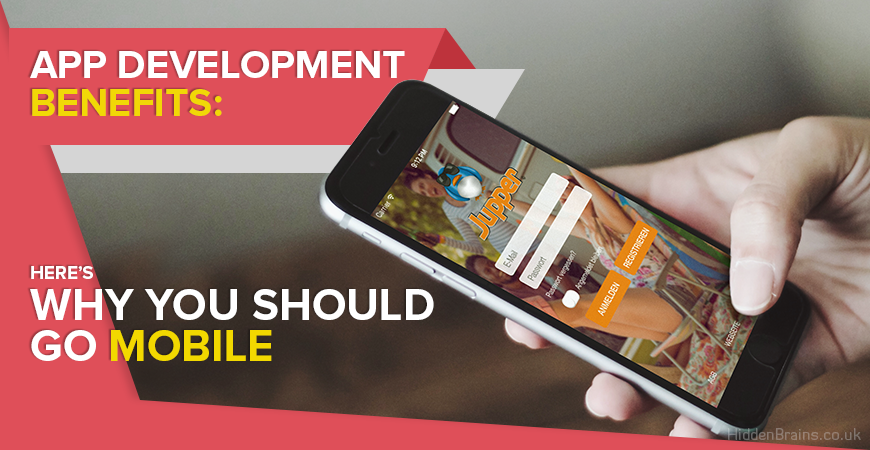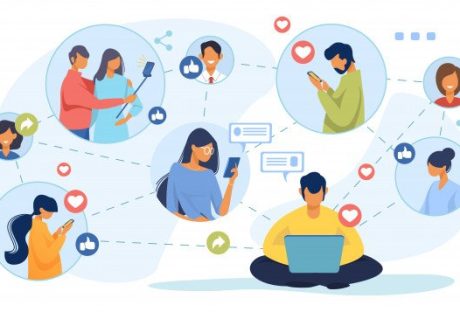As winter’s icy grip tightens its hold, China’s well-known social app Soul App and the WABC Art Way Foundation in Shanghai took it upon themselves. They wish to kindle a heartwarming flame through a unique exhibition that envelops the season in a radiant glow.
This exhibition was all about allowing children dealing with autism, known in China as “children of the stars,” to flex their creative abilities and express themselves through the medium of art and colors.
The collaboration between WABC and Soul App was not just to underscore the importance of kindness and patience but also to elevate public knowledge and foster a deeper sense of inclusivity toward autism.
An Introduction To The Exhibition…
Most of these paintings that were part of the exhibition were so much more than just regular works of art. They were extraordinary creations by remarkably talented children. In every one of these creations, each stroke of the paintbrush captured a spectrum of themes infused with the unique creativity, enthusiasm, and vigor of each young artist.
And because these artworks were so extraordinary, Soul did not want to limit them to just a physical exhibition. So, the Soul App team took on the responsibility of transforming these artistic creations into a channel for change.
By digitalizing these masterpieces, Soul created a collection of art-inspired merchandise. The proceeds from the sale of these products were pledged to support WABC’s initiatives for autistic children. This transformative process not only amplified the impact of the children’s art but also channeled the collective goodwill of the community towards a cause that transcends the canvas.
The collaboration between Soul and WABC was meant to go beyond the realms of just art as well as philanthropy, and that is exactly what the event did. The exhibition not only showcased the works of these extremely talented children but also worked as a transformative bridge that allowed children with autism to communicate and connect with the world in their own special way.
What Made Them Different And Unique?
Each painting on display had a unique backstory, and the artistic flair of the creator brought it to life on canvas. From the stunning sunset that spread its last bit of orange glow over the seascape to the gathering of twinkling stars across the cosmic sky and the earth depicted as a colorful ball exuding energy all around, every painting was a portal into the imagination and artistic genius of the “children of the stars.”
Artists like Yangyang, Ah Ye, and Jielin brought together a medley of styles and stories that were as awe-inspiring as they were diverse. For instance, Jielin put her savant skills to work by painting an imaginative representation of space and time as viewed and perceived by her. While each painting was no doubt a personal narrative, it also offered an overall glimpse into the unique minds of autistic kids.
So, each of these paintings contributed in its own way to building autism awareness, challenging stereotypes, and above all, fostering a more inclusive society.
Held for 8 days from December 18th to 25th, the event known as “Painting Away Loneliness Fur-ever,” unfolded its enchanting narrative at No.794 in Shanghai’s Julu Road. Beyond being a visual feast of artistic expressions, the exhibition became a haven, as the venue was transformed into a cozy, tranquil refuge adorned with stuffed toys and plush, soft materials. This carefully curated ambiance aimed to do more than showcase art; it sought to dissolve the barriers of loneliness, aligning seamlessly with Soul’s overarching vision of a world without lonely individuals.
Physical Exhibition Space
While the physical exhibition space provided a tangible experience for visitors, Soul recognized the importance of extending the warmth and inclusivity of the event beyond geographical constraints. For those unable to attend in person, Soul App facilitated virtual participation by engaging in discussions under the hashtag #MeltLonelinessTogether. This online dialogue accomplished two important goals. First, it contributed to the exhibition’s digital presence. Second, it echoed the collective warmth generated by the physical event.
Because the physical exhibition space was embellished with fluffy decorations, ornaments, and mesmerizing plush dolls, the event became more than just a fundraiser. The environment was skillfully designed to instantly alleviate visitors’ loneliness. So, the warm as well as soothing atmosphere became a space where emotional connections could flourish, further reinforcing the collaborative spirit between Soul App and WABC.
What Was There For Consumers?
Soul extended an invitation to its consumers to explore the online exhibition version through an assigned in-app website page. But this page too, was more than just a virtual gallery. It built a foundation on which the event itself was built, and the goals of awareness and inclusivity were met.
So, it had comprehensive information about the exhibition, the painters, and of course, the exhibits. The hashtag #MeltLonelinessTogether encouraged users to both discuss and share their opinions on the exhibition, amplifying its impact on social media platforms and fostering a digital community committed to the cause.
The event was a roaring success not just because it involved people coming together for an exceptional cause but also because Soul App and WABC have been collaborating for a while to increase awareness of social issues.
In the past, they partnered to host a variety of events, which included:
- The Different Socks Day, a charity event organized to promote inclusion as well as acceptance for individuals suffering from Down Syndrome, cerebral palsy, and autopsy.
- The exhibition of “Special Doesn’t Mean Lonely”.
- An event for “Soul’s Happy Star Home” event,
- The “Stars Meet Songs”, was an online music party and a philanthropic event aimed at infusing adoration into the lives of the “children of the stars.”
The coming together of Soul and WABC was bound to be a symbiotic association with the latter committed to public advocacy and the former involved in offering young people a platform to contribute to philanthropy and make a difference in their own lives and the weaker sections of society by extending kindness to all.
Established in 2016, WABC has long been associated with campaigns that were organized to raise awareness about community and public issues. Also, they have been providing no-cost art therapy to individuals with developmental disabilities and intellectual deficits.
Parting Thoughts
As far as Soul App is concerned, almost 80% of total users belong to Generation Z, and these youngsters are keen on engaging in charity and volunteering work. Hence, it was a given that they would be involved in causes and campaigns that matter and are meant to make a difference.
So, as the app continues to encourage warmth and foster its reputation on the platform, it remains dedicated to supporting highly vulnerable communities. Through a virtual social playground that organically expands based on user creativity, Soul strives towards its vision of a world where no one feels alone. This commitment goes beyond sporadic initiatives; it has become an integral part of Soul’s identity—a platform that not only facilitates connections but also nurtures a spirit of giving back.
Read Also:






















